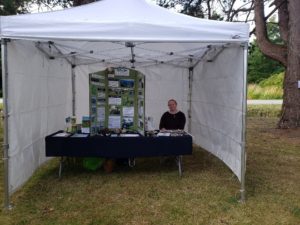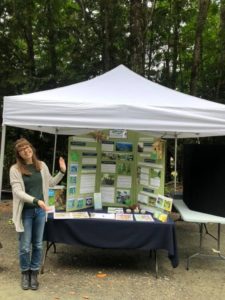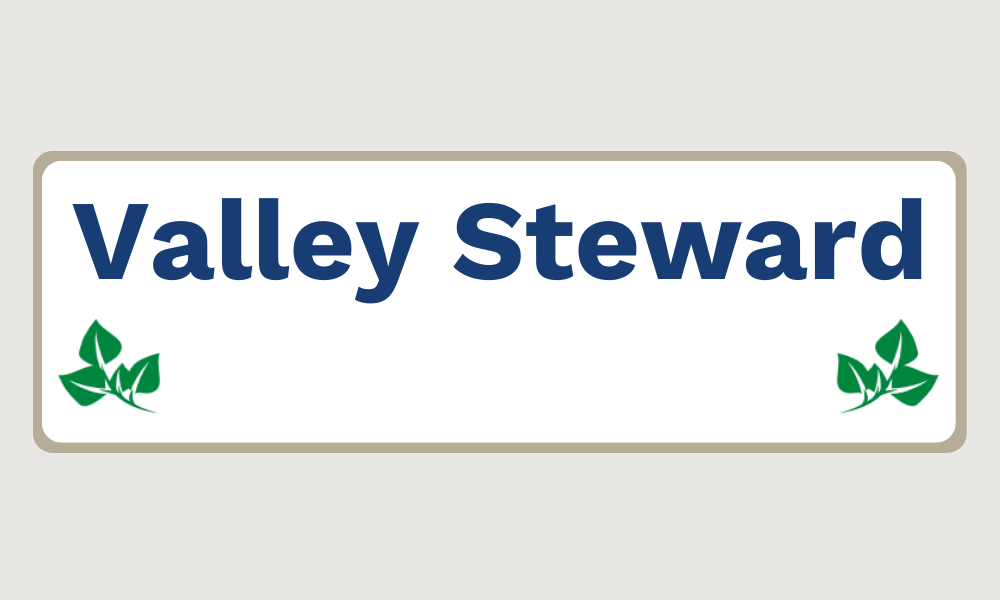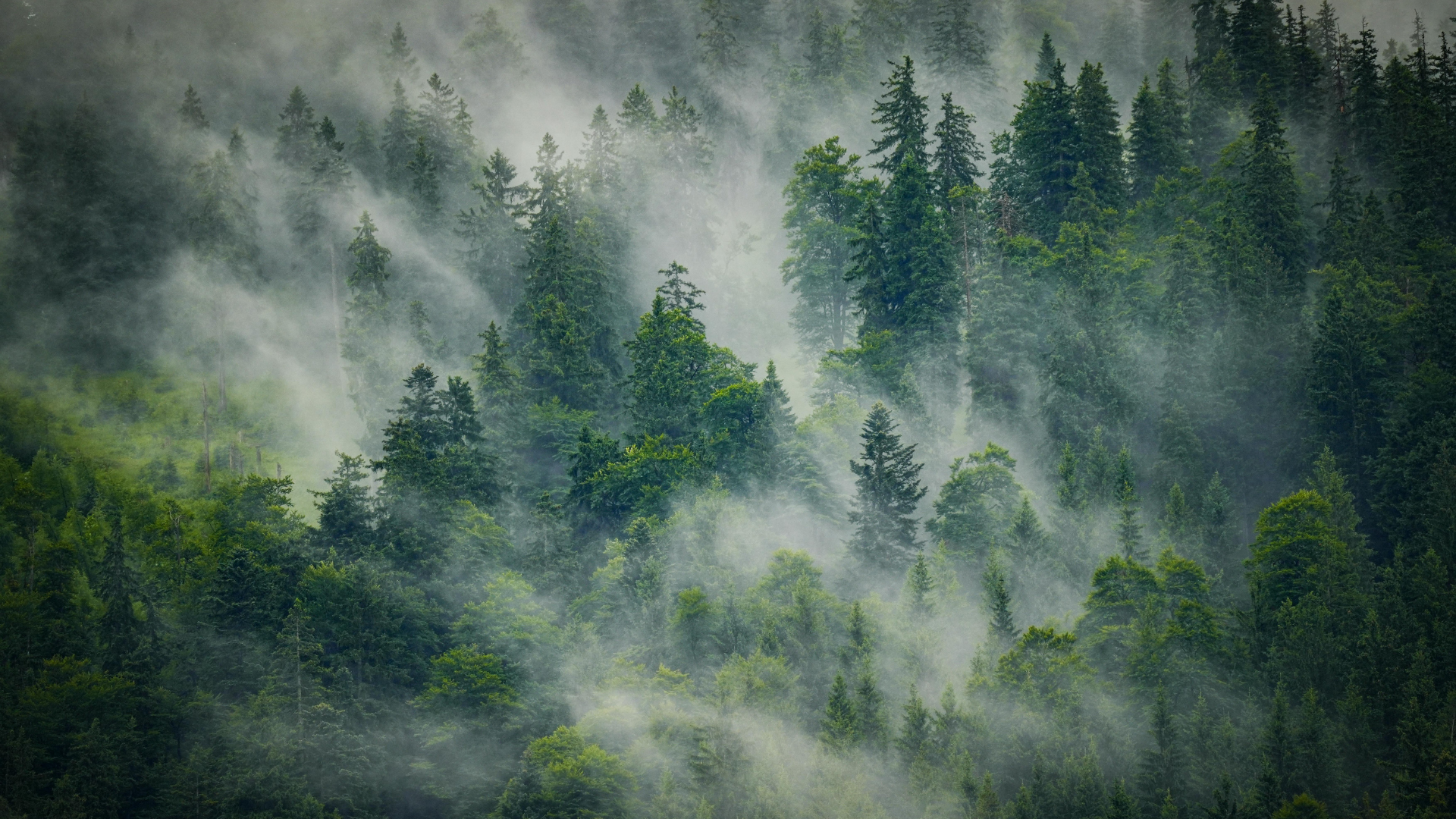Have you ever wondered what it is like to be part of the FVC summer crew? It is a combination of hard work, great conversations about conservation, and some fun thrown in.
But don’t take it from us, here is what Abbey and Jessica had to say…
First from Abbey:
 Over the summer of 2019, I worked full time for the FVC. I found out about this opportunity through my previous volunteer experience with FVC, particularly with scientist Sofi Hindmarch. Working for the FVC was my dream summer job all through high school, and I was elated when I got the position.
Over the summer of 2019, I worked full time for the FVC. I found out about this opportunity through my previous volunteer experience with FVC, particularly with scientist Sofi Hindmarch. Working for the FVC was my dream summer job all through high school, and I was elated when I got the position.
My favorite aspect of this job was the variety: one day I might be pulling out invasive plants from a restoration site, the next I might be counting bats in a suburban site. Having so many facets to my job allowed me to learn new skills. This was my first chance to work in an office. This was a challenge since all my previous jobs had been active jobs. Sitting at the computer was more difficult than any fieldwork I had to do, but I came out more patience and with better typing skills.
Fieldwork was divided between invasive species removal and research. The invasive species removal was very strenuous and dirty work. I improved my fitness by pulling out blackberries for 7 hours a day. Working hard for such long spans of time built up my tenacity.
Research was the most exciting aspect of working at FVC. I worked with many species: western toads, bullfrogs, bats, painted turtles, and screech owls. Carrying out the methods I had studied was super fun, and it helped to reaffirm my interest in field biology. I also was able to learn about the background work that must be done before studies can be carried out; oftentimes, there is a long process of communication, funding applications, planning, and dealing with residents that must be done before and during fieldwork. These details haven’t been taught to me in school yet, so it was an important lesson.
A final aspect of my employment was attending outreach events. Our goal for the summer was to attend 5-6 events around the Fraser Valley. The purpose of these outings was to promote the work of FVC to event attendees. I had a great time chatting with people, including children.
My time at the FVC was incredibly productive and enjoyable. I am happy that I decided to apply for this position, and I know that it’s addition to my resume will aid in my future employment. I am thankful to all the people I got to meet and work with.
And Jessica:
 I am a fifth-year biology student at UFV looking to pursue a master’s in conservation biology. The experience I received this summer confirmed that this is the direction I would like to go in. I had a fantastic time working for Fraser Valley Conservancy.
I am a fifth-year biology student at UFV looking to pursue a master’s in conservation biology. The experience I received this summer confirmed that this is the direction I would like to go in. I had a fantastic time working for Fraser Valley Conservancy.
I learned about FVC from a required volunteer component of a second level conservation class. I signed up to help survey for Sideband and Oregon forest snails on the Three Creeks property. It was raining and miserable that day, and I had the most phenomenal time in the field! This opportunity pushed me from the genetics focus I had intended to take to outdoor conservation work, which I never thought I would enjoy as much as I do.
I had the opportunity to work in the field doing invasive species removal with Jon, conduct surveys of Western toadlets, and truck through bogs with Natasha photo point monitoring. I had the chance to see baby barn owls through cameras with Sofi and to connect with local communities through outreach events with Aleesha.
Each week there was something new and interesting to do. Even with invasive species removal, which took 60 per cent of our time, each site was different and interesting, and I enjoyed the company of Jon and Abbey. People often stopped to chat with us about what we were doing.
I learned valuable skills that I will certainly be using in future jobs. I learned to identify invasive species and the strategies to remove them. It was interesting returning to sites later in the summer and seeing how quickly other invasives can take over an area. I also learned why certain native species are chosen over others to plant in disturbed sites to help combat invasive species and to naturalize the site.
I also worked with some of our local at-risk or endangered animal species. We conducted Western toadlet surveys during which I learned about the migration of these toadlets and, through later analyzing the data, the value of the toadlet tunnel. I had the chance to help Sofi look for Western screech owl nests in a forest and saw a great horned owl for the first time. I also helped Sofi survey baby barn owls and I learned about the life cycle and population dynamics of barn owls in the Valley.
During trap monitoring with Natasha, I learned to identify some native fish species, the basic technique for photo point monitoring, and I learned that canary reed grass does usually grow in deep water (while wearing only rubber boots). I was taught basic GIS mapping skills at a workshop which will help me in my upcoming conservation GIS course.
Each person I worked with was so willing and excited to share their knowledge with me. There was a great deal of trust shown to me and Abbey with the work we were asked to do independently. I leave FVC confident that this is the career direction I want to pursue, if others in this field are half as friendly and knowledgeable as the people I got to work with this summer.
Huge thanks to these UFV students for working so hard this summer, their positive attitudes and passion for conservation!


